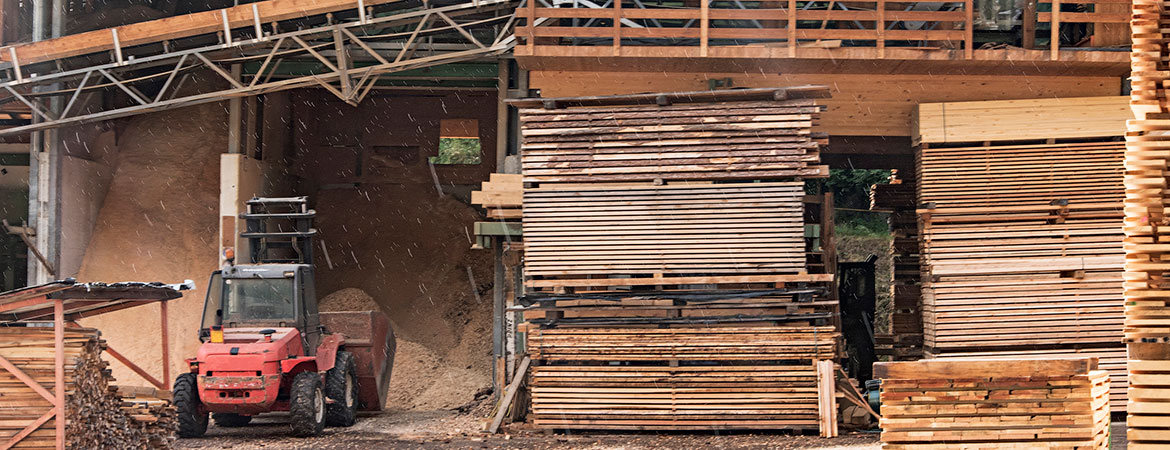By Insights Team
July 27, 2021
As of early June, the first nearby expiration for Western Spruce-Pine-Fir on the Chicago Mercantile Exchange (delivery in mid-July) is showing some clear choppiness in the softwood price. While it has had a downward trajectory since mid-May, there has been high volatility as well. The next expiration/settlement date is for September, where prices are fast approaching the $1,000 per thousand board feet (mmbf) mark. We expect the second- and third-quarter average prices to stay above that $1,000/mmbf mark, mainly because the price increases in April and May, when the price almost hit $1,700, were quite large. In addition, although there are clear signs of future demand softening, the imbalance between supply and demand remains for the near term. Although we expect much better pricing in the fourth quarter, prices will remain higher than the levels seen at the onset of the pandemic.
Meanwhile, hardwood prices will continue to increase for most of 2021 owing to their lagged demand structure. There is typically a three-month lag between softwood and hardwood prices; therefore, we expect peak pricing for hardwood in late fall. The final months of 2021 will begin to bring some relief, but meaningful price declines will show up in early 2022.
Obtaining supply remains an issue in the second quarter, but we believe it will improve in the third quarter. This improvement is not driven by a significant increase in capacity but rather by a correction in demand. As of June, order files for softwood lumber are still extended three to four weeks. The supply situation has not dramatically improved since the first quarter. It was high prices and expectations of price correction due to future lower demand that allowed prices to come down slightly in the last month.
In 2020, U.S. total supply rose close to 4%, after staying flat in 2019. U.S. imports also rose close to 4%, while U.S. exports dropped 17%. Production in the United States increased close to 3.5%. In Canada, production went down close to 6% in 2020, after falling 11% in 2019. Despite the drop in production, Canadian exports to the U.S. increased 1.5%. In 2021, the U.S. will see an increase in production similar to what we saw in 2020, mainly coming from investments in improved capacity, higher imports, and lower exports. While there will be incremental growth in supply through higher capacity and imports in 2021, we expect the supply/demand balance to be reached through a larger downward adjustment to demand instead of a higher adjustment to supply.
We expect demand for softwood lumber to peak in the second quarter and slow down in the third quarter. The residential sector drives 70% of softwood lumber demand in the United States. Over the past year, low mortgage rates, a high saving rate, the ability to build with social distancing, low inventory of homes, pent-up demand, and more space requirements because of remote work and school pushed demand significantly above pre-pandemic levels. Indeed, housing starts surpassed the figures seen in 2007. Housing inventory levels remain low, but prices are high, not only due to low inventory and high demand, but also because of higher material and labor costs being passed onto buyers. Lumber prices at such high levels prompted a slower approach to upcoming work. Therefore, we believe housing starts — a larger driver for lumber demand — will peak in the first half of 2021 before slowly waning into 2022, pulling lumber prices along with them.
